The Long-Distance Design Nightmare: Lessons Learned the Hard Way
- Home2decor

- Jul 26
- 10 min read
What Interior Designers in Goa Learned from Long-Distance Design Challenges
Introduction to Long-Distance Design
Long-distance design has emerged as a prominent methodology in the contemporary landscape of interior design, particularly among those searching for top 10 interior designers in Goa and beyond. This approach involves collaborating on design projects where the client and designer may be situated in vastly different locations. The rise of technology has facilitated long-distance design, with numerous remote collaboration tools available that allow for seamless communication and sharing of ideas, renderings, and project updates.
As globalization continues to play a crucial role in various industries, including the design sector, the demand for remote collaboration has grown exponentially. For instance, clients seeking the best interior designers in Goa are not limited to local talent; they now have access to professionals from around the world who can contribute to their projects. This shift has not only expanded the creative pool but has also enhanced cultural diversity within design concepts, leading to innovative and versatile outcomes.
However, long-distance design is not without its challenges. Managing projects with teams situated across different time zones can hinder timely communication and lead to misalignment of expectations. Details that would normally be addressed face-to-face may get lost in translation through emails or video calls, resulting in potential misunderstandings. Furthermore, clients may desire to work with famous interior designers in Goa, yet lack the ability to fully convey their visions without in-person consultations.
These challenges necessitate a robust framework for effective communication and project management in long-distance design. It is crucial for both designers and clients to invest time in establishing clear guidelines and regular check-ins to ensure alignment on objectives. By overcoming these obstacles, the synergy created in long-distance design projects can lead to deeply rewarding collaborations that transcend geographical barriers.
Common Challenges in Long-Distance Design

Working as an interior designer, particularly in Goa, comes with a unique set of challenges when the project mandates long-distance collaboration. One of the primary obstacles faced by many Interior designers in Goa is the communication barrier that arises due to geographical distances. Effective communication is crucial in any design endeavor; however, when teams are dispersed, misunderstandings can easily occur. This may lead to incorrect interpretations of the project brief, resulting in revisions that could have been avoided. For example, a famous interior designer in Goa recalled a situation where a miscommunication led the team to select materials that did not align with the client's vision, which was only rectified after considerable delays.
Time zone differences pose another significant challenge for remote design teams. Interior designers often collaborate with clients across various locales, leading to situations where feedback is delayed, hindering progress. A designer might find it frustrating to wait hours for a response on crucial elements of a project while simultaneously trying to keep the creative momentum alive. This was an issue highlighted by one of the best interior designers in Goa, who had to adapt her workflow to cater to international clients, sometimes working late into the night to meet the clients' available hours.
Moreover, long-distance design work can lead to a misunderstanding of cultural contexts and design aesthetics. What may be considered modern or trendy in one region may not resonate the same way in another. Interior designers in Goa must ensure they fully understand their clients' cultural backgrounds to deliver designs that truly reflect their personalities and lifestyles. To mitigate such challenges, leveraging technology for virtual meetings, and utilizing project management tools has proven beneficial for many teams. In conclusion, recognizing these challenges early allows designers to implement strategies that foster collaboration and enhance project outcomes.
Communication: The Heart of Remote Collaboration
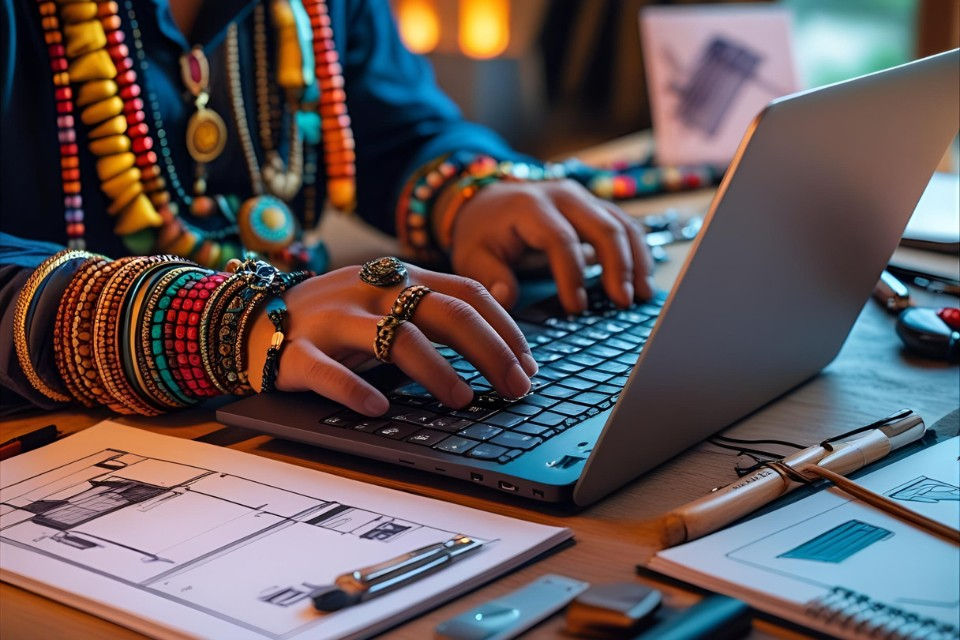
In the realm of long-distance design, communication serves as the backbone of successful collaboration. The geographical distance can pose significant challenges; thus, it becomes imperative to establish clear communication protocols that guide interactions among all parties involved in a project. Effective communication ensures that everyone is on the same page, reducing the possibility of misunderstandings that can lead to costly delays and revisions.
Utilizing a variety of digital tools plays a vital role in enabling effective conversations among team members. Video conferencing platforms, project management software, and instant messaging applications can bridge the gap created by physical distance. These tools facilitate real-time discussions and allow interior designers in Goa to share concept artworks, floor plans, and material samples promptly. Additionally, visual aids such as mood boards and color palettes help convey ideas more distinctly, fostering a clearer understanding of design intentions.
To overcome potential misunderstandings, it’s essential to establish strategies that promote transparency and regular updates. Scheduled check-ins serve as an opportune moment for team members to voice concerns, share progress, and celebrate achievements. Particularly for those engaging with famous interior designers in Goa, open dialogue promotes trust and strengthens working relationships. Furthermore, clarifying roles and responsibilities at the outset can prevent confusion and ensure that tasks are accomplished efficiently.
As challenges may arise in any collaborative effort, fostering a culture of open communication becomes paramount. By encouraging feedback and cultivating an environment where questions can be asked without hesitation, the design process can flow more smoothly. In the context of finding the best interior designers in Goa, solid communication will inevitably enhance the quality of the final product, making it imperative for all stakeholders to engage actively in this critical aspect of remote collaboration.
Cultural Differences and Design Aesthetics
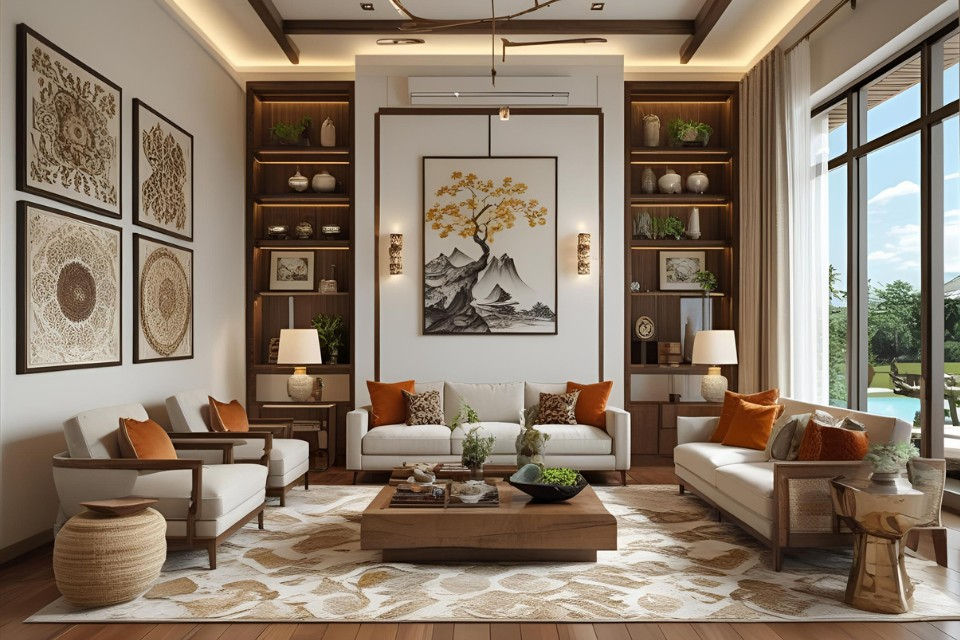
When engaging with clients and teams from varied backgrounds, interior designers in Goa face the unique challenge of navigating cultural differences that significantly influence design preferences and aesthetics. Understanding these differences is essential for successfully executing projects, as each culture brings its own set of values, traditions, and expectations regarding space and design elements.
To begin, conducting thorough research on the cultural context of a client is crucial. Interior designers in Goa for home projects should familiarize themselves with the local customs, design norms, and aesthetic preferences specific to the ethnocultural identity of the client. This knowledge accommodates a tailored design approach that resonates with the client’s heritage and expectations. For instance, certain cultures may prioritize minimalism and functionality, while others may favor ornate and elaborate aesthetics. Recognizing these distinctions can greatly enhance client satisfaction and project success.
Moreover, sensitivity to cultural variations can help avoid misunderstandings that may arise during the design process. Case studies have illustrated projects where lack of cultural awareness led to significant misinterpretations of client expectations. One notable case involved an internationally renowned designer who overlooked local textile preferences in Goa, resulting in a final design that did not reflect the local culture. This miscommunication resulted in revisions that could have been avoided with better cultural education.
In light of these examples, it is clear that fostering open lines of communication with clients is necessary. Asking questions about their preferences, and being receptive to feedback, can establish a collaborative atmosphere that respects and incorporates diverse design ethics. By engaging in cultural sensitivity and applying thoughtful design choices, interior designers in Goa can elevate their projects and align with the diverse expectations of their clientele. Thus, understanding cultural differences in aesthetics is not only beneficial but essential in the realm of interior design.
Time Zone Management Strategies
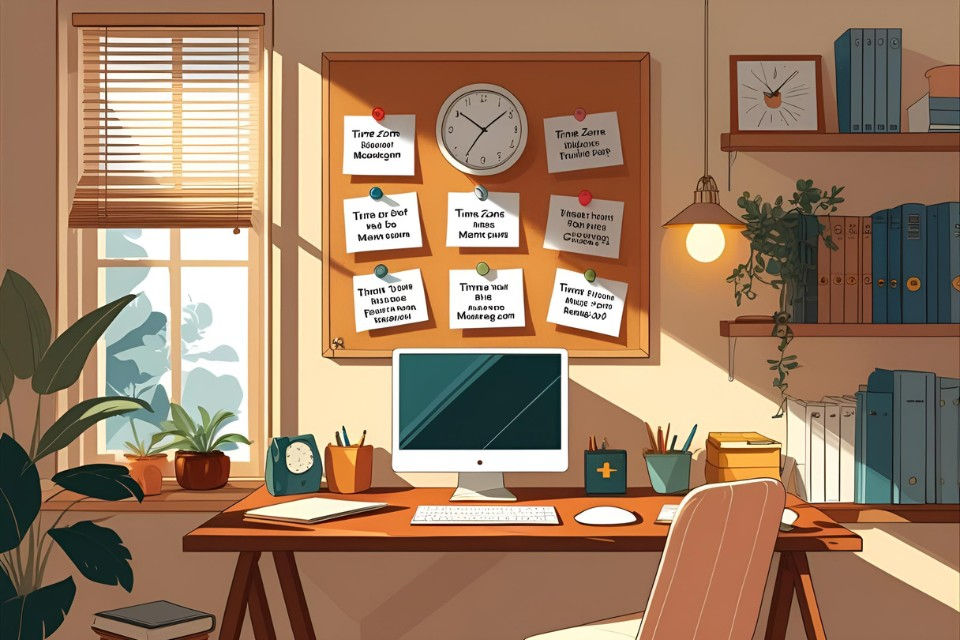
Managing time zone differences is a critical aspect for interior designers in Goa who are working on long-distance projects. Given that many clients and collaborators may be situated across various geographic locations, it is essential to employ effective strategies for scheduling meetings and maintaining clear communication. One common approach is to utilize scheduling tools that accommodate multiple time zones, enabling all parties to see a compatible timeline for meetings. Tools such as World Time Buddy or Google Calendar can streamline this process and minimize confusion regarding time differences.
Furthermore, when planning meetings, it is beneficial to establish a regular time that works for the majority of the participants. This can help create a sense of consistency and expectation, thereby fostering a collaborative environment among the interior designers in Goa and their clients. Flexibility should be a priority from all involved, including clients, partners, and design teams. Understanding that not everyone may be available at the same time is crucial, and designers should propose alternative methods for participation, such as recorded meeting sessions, to ensure that no one is left behind.
Documenting discussions and decisions during meetings is key for those unable to attend live discussions. By providing meeting notes or summaries, project stakeholders can stay informed about developments and contribute effectively to the project progression. Moreover, it is advisable to set up a shared platform where updates, documents, and feedback can be accessed by all team members. This practice promotes transparency, allowing for cohesive teamwork even across time zones. Ultimately, employing these time zone management strategies can lead to enhanced productivity for famous interior designers in Goa and ensure effective project execution regardless of geographic barriers.
Building Trust and Team Dynamics
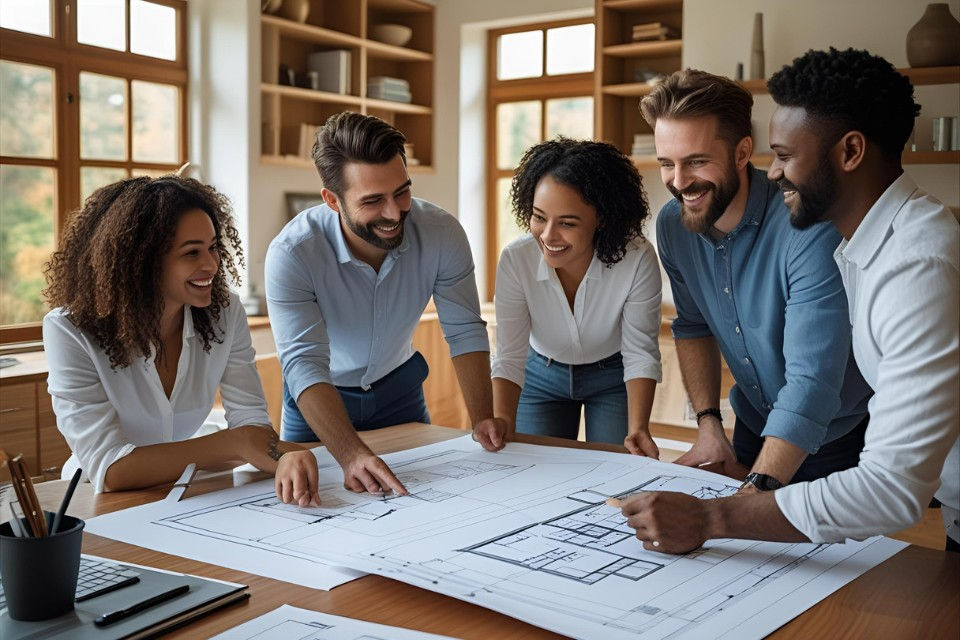
In the realm of remote design teams, fostering trust is paramount for successful collaboration, particularly for projects managed by interior designers in Goa. The challenges posed by physical distance can create barriers to effective communication and teamwork. However, implementing strategies that prioritize openness and transparency can significantly mitigate these challenges, enhancing team dynamics.
One effective approach to building trust within a remote interior design team is through structured team-building activities. These activities can include virtual workshops or informal online gatherings, where team members can interact beyond the scope of their work responsibilities. For instance, interior designers in Goa for home projects could engage in creative brainstorming sessions that allow everyone to contribute ideas, making each member feel valued and included. Regular check-ins can also serve as opportunities to connect on both a professional and personal level.
Furthermore, transparency in communication plays a crucial role in nurturing trust among team members. Establishing clear channels for sharing project updates, feedback, and challenges is essential. Regular progress reports and candid discussions about obstacles can foster a sense of collective ownership and accountability within the team. This was evident in a project undertaken by some of the famous interior designers in Goa, where open communication led to problem-solving synergies that might not have emerged in a traditional setup.
The successful integration of these trust-building measures not only enhances team morale but also contributes to the overall quality of design work produced. It is crucial for interior designers in Goa, particularly those seeking recognition among the best interior designers in Goa, to embrace strategies that promote a positive team culture, even when working remotely. By focusing on team dynamics, companies can effectively navigate the complexities of long-distance design projects and ensure successful outcomes.
Tools and Resources for Successful Remote Design
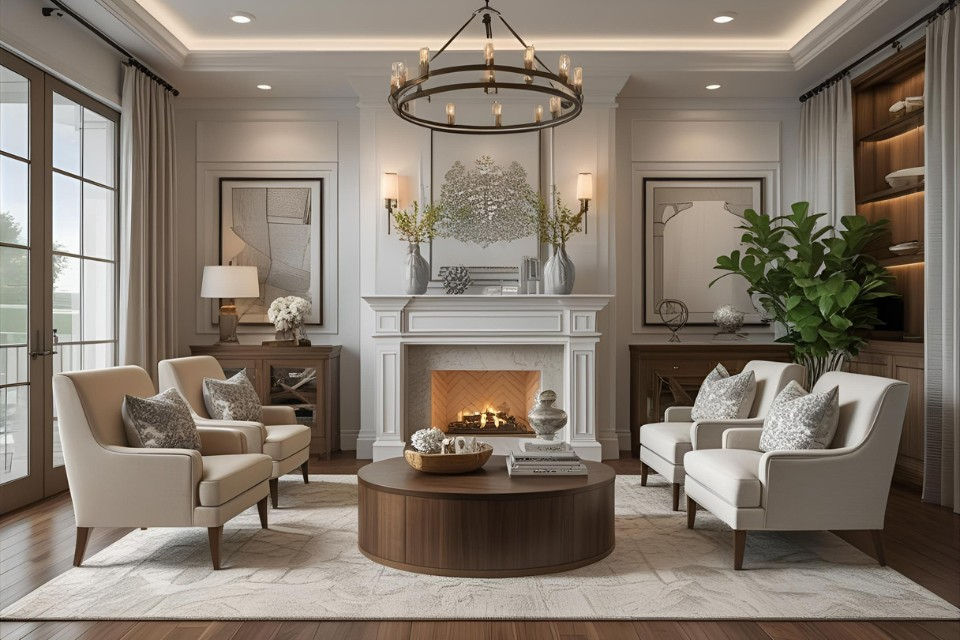
Engaging in remote design work has become increasingly prevalent, especially as many clients seek the expertise of interior designers in Goa. To successfully manage projects from a distance, it is essential to utilize various tools and resources that enhance productivity and collaboration. One of the most pivotal assets for interior designers is project management software, which allows for streamlined task organization, deadline tracking, and team communication. Applications such as Trello and Asana are particularly effective, enabling teams to assign tasks, monitor progress, and maintain a clear workflow. These tools are especially useful for the best interior designers in Goa, as they often work on multiple projects simultaneously.
In addition to project management tools, effective communication platforms are crucial for maintaining client relationships and facilitating discussions with team members. Platforms like Zoom and Microsoft Teams offer video conferencing features that help designers present ideas and engage with clients, ensuring that everyone is aligned regardless of location. This direct interaction is vital, especially for interior designers in Goa for home projects, as it fosters a deeper understanding of client preferences and styles.
Collaborative design tools also play an integral role in remote work environments. Software like SketchUp and AutoCAD enables designers to create and share 3D models and floor plans with clients and team members. This visual representation is essential for designers in conveying their concepts effectively. Furthermore, many famous interior designers in Goa utilize platforms that allow for real-time feedback, which can accelerate the design process and ensure desired outcomes.
Ultimately, by leveraging these tools and resources, interior designers can enhance project outcomes, streamline communication, and creatively collaborate with clients and colleagues alike, thereby overcoming the challenges presented by remote work.
Lessons Learned from Real-Life Experiences

Engaging in long-distance design projects can present numerous challenges, as several interior designers in Goa will attest. Many have encountered unique issues that tested their creative problem-solving skills and adaptability. For instance, one noted the difficulty of accurately capturing a client’s vision through digital communication alone. The designer had to rely heavily on photographs and samples, yet they often found that colors and materials appeared differently on screen than in real life. This discrepancy led to misunderstandings and ultimately required several rounds of revisions to achieve the desired outcome, emphasizing the importance of upfront clarification of expectations.
Another designer recounted a situation where time zone differences complicated communication. Meetings were frequently missed or had to be rescheduled last minute, resulting in delays that pushed back the overall timeline of the project. To overcome this challenge, the designer established a structured communication plan that included regular updates and check-ins. By implementing this strategy, they fostered a more collaborative environment, which not only strengthened their relationship with the clients but also enhanced project efficiency.
Additionally, a designer shared an experience where they faced logistical issues sourcing materials from remote locations. Although they had anticipated some challenges, unexpected delays caused by shipping issues led to significant setbacks in the project timeline. To mitigate similar risks in the future, this designer now prioritizes working with local suppliers familiar with the region, which has also allowed them to better understand the architectural nuances of different areas. Such proactive measures set a robust framework for successful collaborations.
These real-life experiences underscore the importance of clear communication, proactive problem-solving, and establishing strong relationships when working as interior designers in Goa. The lessons learned can help both established and new designers in navigating the complexities of remote collaborations, ultimately leading to more successful outcomes in their future projects.
Conclusion: Embracing the Future of Long-Distance Design
The landscape of interior design is continually evolving, and the rise of long-distance design has introduced both challenges and opportunities for professionals across the world. The traditional confines of geographical location are diminishing, allowing interior designers in Goa and beyond to engage with clients regardless of their whereabouts. This shift underscores the importance of adaptability, enabling designers to navigate remote work environments effectively.
As we reflect on the experiences of the past few years, it becomes evident that successful long-distance design hinges on effective communication and technology adaptation. Interior designers in Goa for home projects, in particular, have leveraged digital tools to facilitate real-time collaboration, ensuring client visions are realized despite physical distance. The emergence of various design software and virtual consultation platforms allows even the best interior designers in Goa to showcase their creativity without being bound by location.
Moreover, the lessons learned from overcoming challenges in this domain have encouraged a culture of continuous learning among professionals. The necessity of building strong client relationships and managing expectations in a remote context has enhanced the skills of many in the industry. Acknowledgment of the evolving role of interior designers—now recognized as facilitators as much as creators—has paved the way for innovative practices that align with contemporary demands.
Looking towards the future, it is clear that the journey of long-distance design is ongoing. Professionals must remain open to emerging trends and technologies while retaining the core values of creativity and personalization. The insights gained from past challenges will serve as valuable assets as the field of interior design continues to embrace long-distance opportunities. For those navigating this landscape, the potential to leave a lasting impact on clients and communities is more profound than ever.






Comments